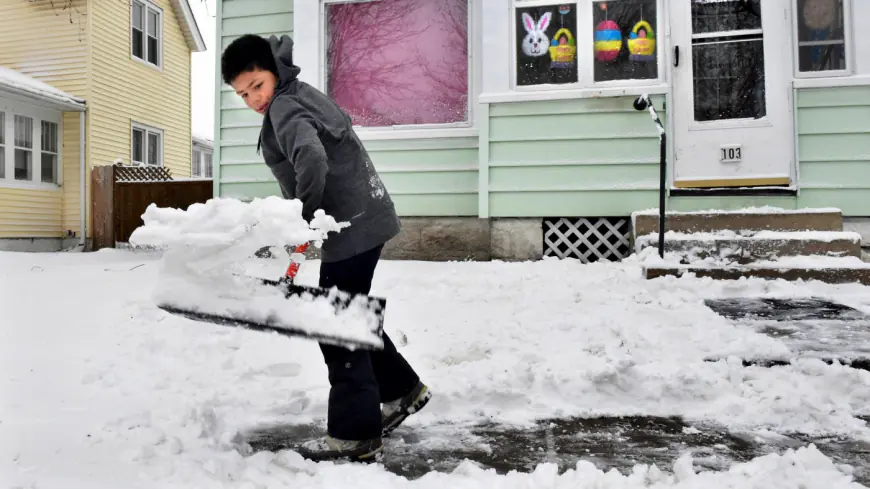After Trump cuts, fate of energy assistance program in question in Minnesota
Entire staff eliminated at the Low-Income Home Energy Assistance Program, which assists some 107,000 households in the state.

State officials are voicing concern about the status of energy assistance for low-income Minnesotans after the Trump administration laid off all the staff within the U.S. Department of Health and Human Services who administer the federal program.
Minnesota receives more than $100 million every year from the Low-Income Home Energy Assistance Program to help people pay home heating costs. About 107,000 Minnesota households, including both homeowners and renters, have received help with utility bills this winter.
“It serves Minnesotans who are most vulnerable, and we need to recognize that it’s still winter and there’s still need for heating assistance,” said Pete Wyckoff, deputy commissioner of energy resources at the state Department of Commerce.
Minnesota was scheduled to receive an additional $12 million to $13 million in LIHEAP funds to help another 10,000 households. If that payment is delayed, the program could run out of money by mid-April, Wyckoff said.
“We’ve not gotten notice that it is not going to come, but we have been already a little worried that hasn’t come thus far,” he said. “And with the news that there’s no one home in the office completely, because they were all let go, we are more worried.”
When asked for comment, the U.S. Department of Health and Human Services responded via email: “HHS will continue to comply with statutory requirements, and as a result of the reorganization, will be better positioned to execute on Congress’ statutory intent.”
The 45-year-old federal program has long had bipartisan support. The assistance goes directly to utilities to pay gas or electricity bills, or to a provider of fuel oil, propane or wood. The program also helps people with emergencies, such as furnace repair or filling empty propane tanks.
About half of those receiving assistance are over 60 years old. About two-thirds live in greater Minnesota, where energy cost burdens tend to be higher.
The assistance is vital to many Minnesota families struggling to pay heating costs, said Annie Levenson-Falk, executive director of the nonprofit Citizens Utility Board of Minnesota, which advocates for utility customers.
“It’s become more difficult as people are facing inflation and the high cost of housing, and just costs going up across the household budget,” she said.
About 91,000 Minnesota households had their utility service shut off last year because they didn’t pay their bills, she said.
In a news release, U.S. Sen. Tina Smith called for answers about the firing of the federal workers and its impact on the LIHEAP program.
“Hundreds of thousands of Minnesotans are facing severe winter weather right now, and the need for heating assistance is greater than ever,” the Minnesota Democrat stated.
Minnesota’s cold weather rule, which offers residents some protection from having their heat shut off during winter months, expires on April 30.
People who need help paying utility bills should still apply for energy assistance, Wyckoff said.
What's Your Reaction?







































































































